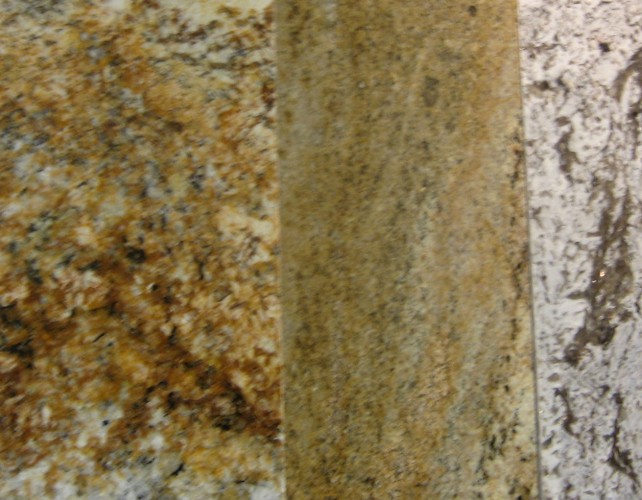
ALERT! Here’s what happened.
Back in 2006, Dr. Sugarman, a NJ pediatrician bought a summer home in Lake George, NY. A routine home inspection found that the radon levels inside her home were elevated. She hired a radon measurement and mitigation technician who used a Geiger counter to discover that her granite countertops were emitting about 100 pCi/L of radon (far above the EPA recommended limit of 4 pCi/L). She could have tried fixing the situation by finding an optimal exchange rate of air and resealing the countertops, but her pregnant daughter was coming to visit so she had the countertops removed immediately.
Things to consider.
The earth gives off natural radiation, which can enter your home in a number of ways and become an indoor air hazard for your family. This form of radiation is called radon gas and it comes from the natural breakdown of uranium in rocks and soil. Radon is the second leading cause of lung cancer after smoking and is responsible for about 21,000 lung cancer deaths each year – killing more people than drunk driving.
Radon is invisible and odorless and can appear in any type of home whether it be old or new, and with or without a basement. High indoor radon levels have been found in every state. The US EPA estimates that about 1 in 15 homes have high levels of radon.
Radon can enter a home through the foundation and also through well water. A very small percentage of granite used to make countertops may contain high levels of uranium, a radioactive substance that releases radon gas into your home as it decays.
TAKE ACTION! Here’s the good news about what you can do.
Most granite used for countertops does not contain radon, but if you are considering installing them, have the granite you select tested before purchase.
If you already have granite countertops and your radon test results are below 4 pCi/L, then your countertops should be fine.


